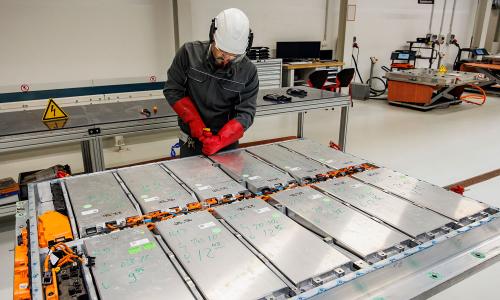The fuel economy of today's cars and light trucks is at its lowest point in 20 years. A combination of federal inaction on fuel economy policy and the increased marketing of sport utility vehicles (SUVs) and minivans as substitutes for passenger cars have led to this point. Our nation now faces a number of significant and growing problems that could be addressed through a reasonable but aggressive approach to fuel economy improvements. These problems include increased consumer fuel costs; a growing dependence on imported oil; rising emissions of greenhouse gases, toxics, and smog-forming pollutants; and a fleet that is less safe than it would have been without the massive infusion of today's light trucks.
This report represents a comprehensive assessment of both the technical and economic potential of achieving a safe and fuel-efficient fleet. The analysis is based on existing technologies, many of which are on the road today. The research combined conservative economic assessments with sound computer models to investigate the impacts of significant fuel economy improvements through the year 2020. The study shows that increasing the fuel economy of the nation's fleet of new cars and light trucks to 40 miles per gallon (mpg) by 2012 and then to 55 mpg by 2020 can yield significant benefits to consumers, the economy, and the environment without sacrificing passenger safety during a collision. These findings indicate that, instead of looking for oil in environmentally sensitive areas, the nation can tap the ingenuity of Detroit's automobile industry to produce a fleet of safe and fuel-efficient vehicles. For these benefits to be realized, the federal government needs to act now to provide meaningful and continuous increases in fuel economy standards.



